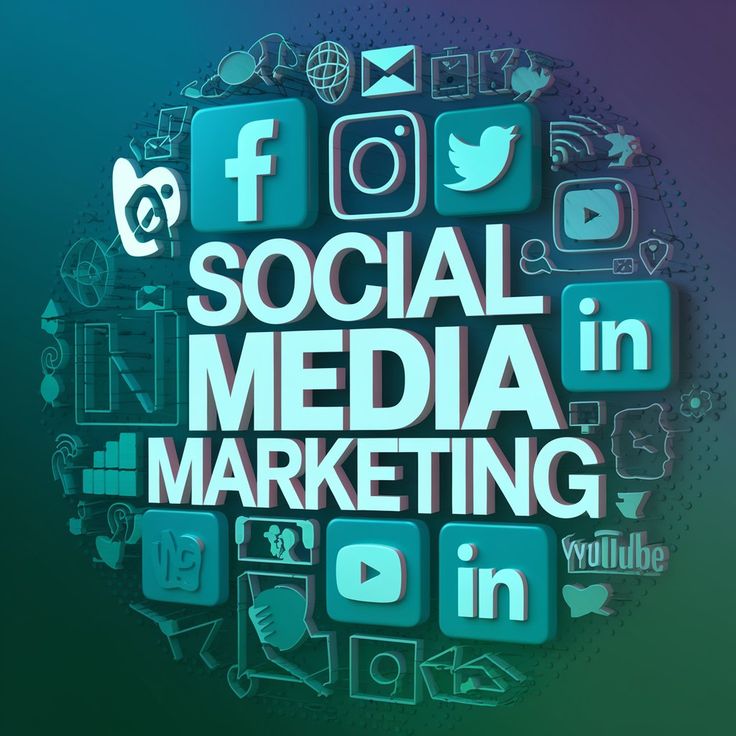What Are Social Media Algorithms? A Simple Guide for Everyone
Dadmin
March 17, 2025

Have you ever scrolled through your social media feed and felt like it knew you a little too well? You watch one cute puppy video, and suddenly your feed is flooded with adorable dogs, wagging tails, and puppy tricks. It almost feels like magic, but it’s not. This “magic” is powered by social media algorithms.
Jaron Lanier, a pioneer in digital thought, sums it up well:
Social media algorithms are usually “adaptive,” which means they constantly make small changes to themselves in order to try to get better results; “better” in this case meaning more engaging and therefore more profitable. A little randomness is always present in this type of algorithm.”
For any business aiming to grow and reach their target audience through Social Media Platform , indeed Alogorithms is the ultimate antidote for the same.
But what are algorithms exactly? How do they work? And, most importantly, how can you use them to your advantage? Let’s dive in and uncover the mystery behind the tech that seems to know us so well.
Summary of What We’ll Cover
- What are social media algorithms?
- How do algorithms work?
- Why do algorithms exist?
- Common myths about social media algorithms
- How to work with the algorithm to grow your reach
- Some Common Algorithm techniques
- Conclusion: Algorithms as tools, not obstacles
What Are Social Media Algorithms?
Let’s keep it simple: social media algorithms are like your digital personal assistants or curators. They decide what content appears in your feed and in what order, based on what they think you’ll enjoy.
Here’s a better analogy:
Imagine walking into a bookstore. Instead of shelves full of random books, there’s a helpful assistant who already knows what genres you like, what authors you enjoy, and what topics you’ve browsed before. They hand you a selection that matches your taste, thus making your experience quicker, smoother, and more enjoyable. As the definition goes, social media algorithms are basically rules, calculations, and mechanisms that govern, filter, rank, and recommend content, thus managing entire operations.
Social media algorithms work similarly. They analyze your behavior (likes, comments, shares, watch time, etc.) to predict what you want to see next.
For example:
- If you like a lot of posts about vegan recipes, your Instagram feed might start showing more plant-based cooking videos, chef reels, and related ads.
- On Facebook, if you frequently comment on travel-related content, you’ll notice more travel pages, blogs, and vacation deals.
Isn’t it fascinating how technology today watches your every move, learns your quirks, and serves up exactly what you crave on social media? It’s like having your own digital bodyguard—minus the sunglasses and earpiece!
How Do Social Media Algorithms Work?
While each platform has its own set of rules and processes, most social media algorithms follow three basic steps:
1. Tracking Your Behavior
Algorithms track every move you make. Liked a photo? Commented on a video? Clicked on a shopping ad? Saved a post for later? Each interaction you make adds data to the system.
Fun Fact:
Instagram, Facebook, TikTok, and YouTube don’t just track what you like; they even analyze how long you hover over a post before scrolling past.
2. Ranking Content
Gone are the days of purely chronological feeds. Algorithms now rank content based on how relevant and engaging it will be for you. Posts with higher engagement (likes, shares, comments, watch time) often get pushed higher in your feed.
Example:
Let’s say you log into Instagram. Instead of showing you posts from 10 minutes ago, the algorithm will prioritize:
- A post from your best friend (accounts you interact with the most).
- A viral video related to your favorite hobbies.
- Content similar to what you’ve recently liked or commented on.
3. Predicting Your Interests
Based on the patterns of your behavior, algorithms make predictions. If you spent 10 minutes watching a video about home workouts yesterday, guess what? You’ll see more fitness reels today.
In a nutshell:
Social media algorithms learn, rank, and predict, thus constantly evolving to serve you more of what keeps you engaged.
Why Do Social Media Algorithms Exist?
You might wonder: Why do platforms care so much about what I see? The answer boils down to two main goals:
1. Enhancing User Experience
Social media platforms want to keep you happy and engaged. The longer you stay, the better. Algorithms help ensure that your feed is filled with content you’ll enjoy, thus making the platform addictive.
2. Maximizing Profit
More engagement = more time spent on the platform = more ads shown. This is where the business side kicks in. Platforms use algorithms to balance user satisfaction with monetization.
For instance:
If you enjoy watching makeup tutorials, the algorithm might show you ads for beauty products or makeup classes. It’s a win-win: you discover products you like, and platforms make money from ad clicks.
Common Myths About Social Media Algorithms
Let’s bust some myths that often confuse people about algorithms:
Myth 1: “The algorithm hides my posts.”
Truth: Algorithms don’t “hide” posts; they prioritize what users are most likely to engage with. If fewer people see your content, it’s usually because it didn’t perform well compared to other posts.
Myth 2: “The algorithm is biased against me.”
Truth: Algorithms are neutral, they respond to data and not individuals. If you’re not getting reach, it’s a sign to adjust your strategy.
Myth 3: “More posts = better results.”
Truth: Quality matters far more than quantity. Spamming your followers won’t boost engagement.
How to Work With the Algorithm
If you’re trying to grow your presence on social media, don’t fight the algorithm—work with it. Here’s how:
- Post Consistently
Regular activity tells the algorithm that you’re an active creator worth promoting. - Focus on Engagement
Reply to comments, encourage shares, and ask questions in your captions. Engagement signals boost visibility. - Create Relevant and High-Quality Content
Know your audience’s interests. Use trending topics, hashtags, and formats like reels or short videos. - Stay Authentic
Algorithms love originality. Whether it’s a funny video, an inspiring story, or a tutorial , thus be creative and genuine. - Use Data to Your Advantage
Track your performance with analytics tools. Understand what works best and do more of it.
SOME COMMON ALGORITHM TACTICS
1. Instagram: The Engagement Magnet
- What It Does: Instagram prioritizes content that generates quick engagement—likes, shares, comments, and saves. Reels, carousels, and posts that hook viewers within seconds tend to perform best.
- How to Adapt: Focus on visually captivating content. Use strong hooks and trending audio for reels. Don’t forget to encourage actions like “save for later” or “share with a friend.”
2. YouTube: The Watch-Time King
- What It Does: YouTube’s algorithm thrives on watch time and click-through rates (CTR). Videos that keep viewers engaged for longer are pushed higher on search results and suggested feeds.
- How to Adapt: Create longer, high-quality videos that deliver value. Use eye-catching thumbnails and engaging titles to improve CTR. Encourage viewers to watch until the end with phrases like, “Stick around for the bonus tip at the end!”
3. Facebook: The Relationship Builder
- What It Does: Facebook’s algorithm prioritizes meaningful interactions—comments, shares, and discussions—over passive likes. Content that sparks conversation tends to outperform.
- How to Adapt: Post content that encourages dialogue. Use engaging questions, relatable memes, or emotional storytelling to inspire followers to comment and share.
4. LinkedIn: The Professional Spotlight
- What It Does: LinkedIn prioritizes content that builds thought leadership and encourages professional engagement, that is, long-form posts, articles, and industry discussions.
- How to Adapt: Share insightful stories, career advice, or success lessons. Comment thoughtfully on other posts to expand your visibility within your professional network.
Algorithms Are Tools, Not Obstacles
At first glance, social media algorithms might feel like invisible gatekeepers, but they’re really just tools, designed to enhance user experience while driving platform revenue. By understanding how they work, you can turn them to your advantage.
Remember:
- Consistent, high-quality, engaging content is key.
- Focus on building relationships with your audience.
- Keep experimenting to see what works best for you.
So, embrace the algorithm. It’s not your enemy, it’s your roadmap to success in the digital world. Start today, experiment, engage, and watch as your content reaches the audience it deserves.
Dont Hesitate To Contact Us
Reach out to us for any inquiries or service-related questions. We’re here to assist you.


